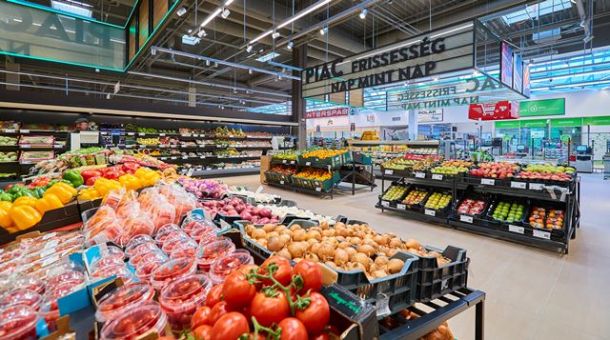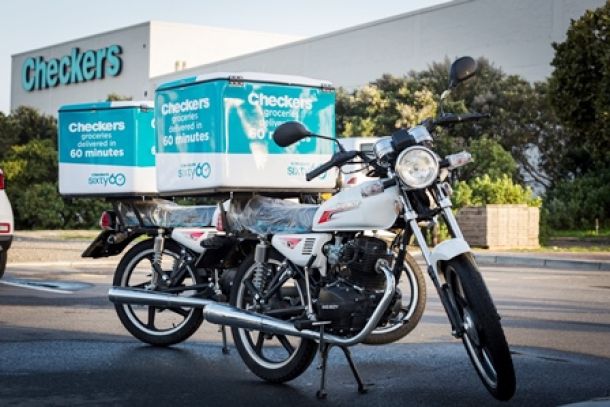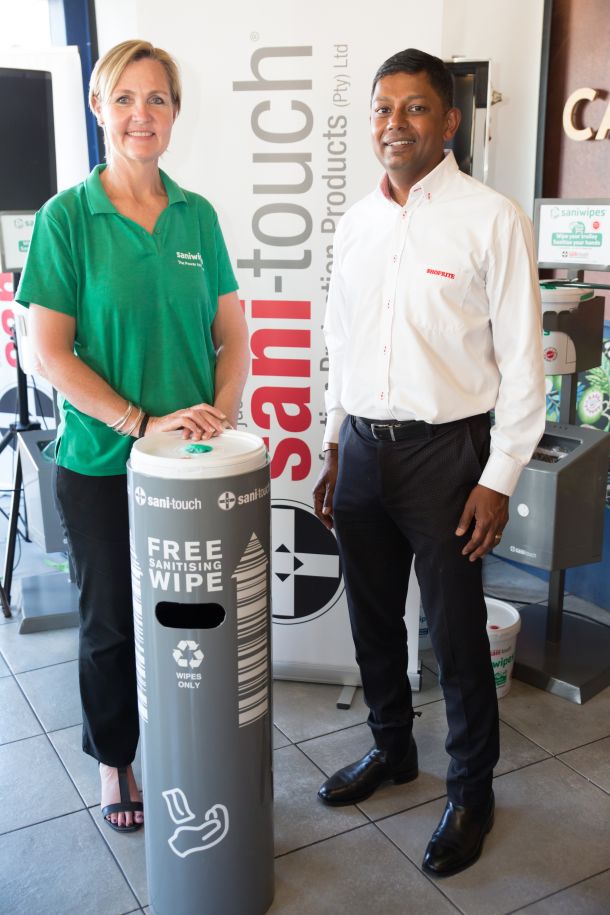IGD outlines five Food-To-Go trends for 2018
With a predicted worth of £23.5bn by 2022, the UK food-to-go market can be expected to deliver a number of exciting innovations in 2018 and beyond, according to IGD.
Five trends in particular are set to shape the sector, with IGD identifying health, emotional engagement, innovative locations and more as key themes predicted to develop over the next 12 months.
Health and wellness underpinning innovation
Gavin Rothwell, Head of Food to Go at IGD, said: “Many of the concepts we’re seeing from across the world where food-to-go is growing are underpinned by healthy positioning. The likes of Sweetgreen in the US, Cedele in Singapore, Chopped in Ireland, Exki in Belgium, Cojean in France and a number of examples in the UK are proof of the increasing role health is playing in products that are eaten on the go.
“We’re seeing the expansion of healthier food-to-go ranges across the board. In the UK for example, Pret has opened the minds of many new customers to vegetarian lunches and breakfasts, while gluten-free options have become more core features in ranges. Looking forward, we see more opportunities for development, with UK shoppers continuing to tell us that they would like a wider range of both vegetarian and free-from ranges in the food-to-go stores they visit. IGD data shows that nearly a third (30%) of food-to-go consumers are looking for more vegetarian options, 22% for more dairy-free choices and 20% for a larger gluten-free range.
Changing and expanding reasons to visit
Rothwell said: “UK retailer Waitrose spoke in late 2017 about a shift away from three fixed meals per day to four. This suggested change underpins a wider adjustment in how we eat food, with more focus on fitting food around our lifestyles, rather than vice versa. With this in mind, we’ve witnessed the expansion of gym and protein boxes at several food-to-go specialists in the past year, and we’d expect both niche and mainstream operators alike to become more focused on this in 2018.”
Even more locations and experimentation
Rothwell said: “Strategies for where stores are located vary by retailer or operator, with transit locations becoming even more attractive options for food-to-go specialists. But we are increasingly seeing moves beyond this as workplaces, fitness centres, sports stadiums and festivals come more into food-to-go thinking.
“The growing presence of street food in many markets is encouraging a more flexible approach to companies’ location strategies and is encouraging some to adapt their offer to a food truck format to take advantage of new opportunities. In the US, the likes of both Whole Foods Market and Amazon Walmart are even bringing food truck concepts in-store. Meanwhile, in Mexico, we’re seeing the delivery app Rappi experiment with food delivery from street vendors, and in the UK a number of food-to-go players such as Subway and Greggs are experimenting with delivery services to broaden their reach further.”
Conveying the right balance of function and emotion
Rothwell said: “What many food-to-go specialists do well is create emotional engagement with shoppers. The experience is based on the quality of the product, but is determined by a widening array of factors, including product display, in-store décor, customer service and more. We’ve seen some great experimentation around this from retailers over the past year – Albert Heijn’s new counter-based bakery/deli concept in the Netherlands is a great example. Similarly, many of the stores we’ve seen in Ireland also display these qualities. Looking ahead to 2018 we expect more retailers across more markets to follow this path, particularly through urban stores with a focus on convenience.”
More new and unexpected partnerships
Rothwell said: “Businesses are increasingly looking for like-minded partners to enable them to develop in food-to-go. In the UK, for example, fit food specialist Crussh is collaborating with Sainsbury’s and Debenhams, while Benugo is working with John Lewis and EAT has recently entered an agreement with Compass and Debenhams. Italian restaurant chain Zizzi has also just opened its first pizza counter at Sainsbury’s.
“We expect to see a growing number of partnerships like this across more markets in 2018. Part of this could include additional food-to-go specialists looking to target more on-the-go customers, such as working with railway companies and airlines, following the example of M&S and British Airways. At the same time, the idea of food-to-go hubs, inspired both by retail space, shopping mall evolution and food halls, is an area we expect to see grow in 2018.”
News Category
- International retailers
- On the move
- Awards and achievements
- Legislation
- Wine and liquor
- Africa
- Going green
- Supplier news
- Research tools
- Retailer trading results
- Supply chain
- Innovation and technology
- Economic factors
- Crime and security
- Store Openings
- Marketing and Promotions
- Social Responsibility
- Brand Press Office
Related Articles

Spar reports growth of 3.3% as global retail sa...

Informal Retail in Africa: Could Technology be ...

Consumers need a good reason to shop this Black...

Checkers launches deals onto its Sixty60 home d...


